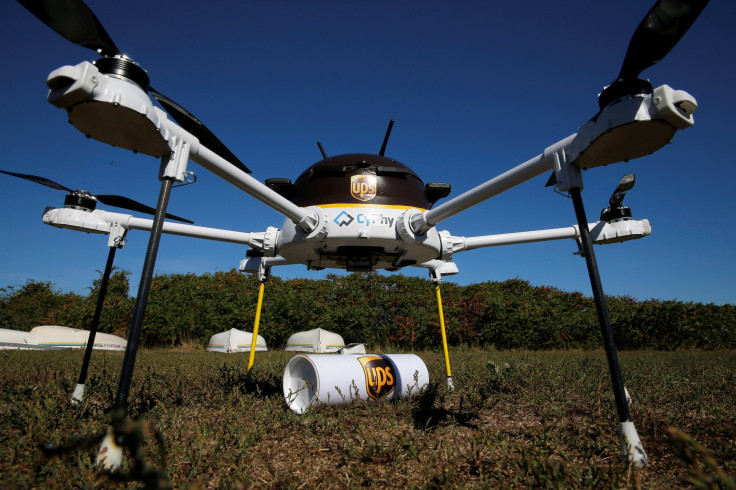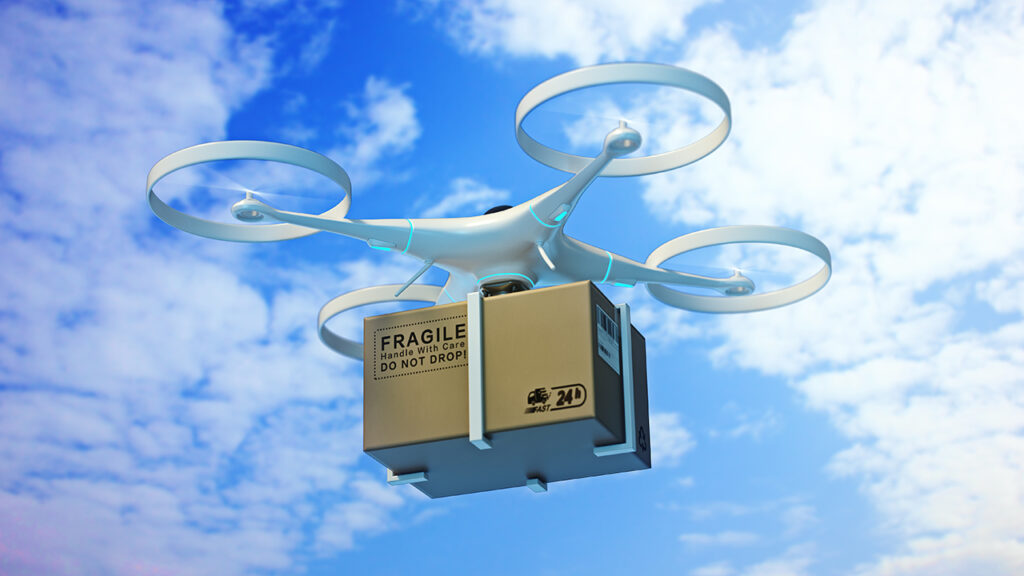There was a time when helicopters were the newest birds in the sky, preceded by airplanes mostly known by the Wright Brothers. At the moment, we have unmanned aerial vehicles (UAV- military reference) or the common name ‘drones’. In today’s high technology scalability, drones have become faster and can even fit in someone’s pocket; something which was impossible in the past. Bigger and more powerful drones have also emerged, capable of carrying large loads over long distances.
Drones go way back to 1941 and, not known to many, they were invented mainly for military use. Their purpose was to do the dirty and unethical work humans couldn’t do while also leveraging its escapable way of leaving the scene unharmed. This assured the military safety for its soldiers while remotely completing the intended tasks. The balloon carrier was the first use of offensive air power but it turned out to be unsuccessful due to wind currents offsetting the balloons. Leonardo Torres Quevedo, a Spanish Engineer, came up with radio-based control ‘Telekino’ which brought UAVs concept to life. It was first used to train pilots in the army but then, World War 2 came knocking and manpower became a scarce resource. Although the cost to make an UAV was thrice that of an aircraft, it was worth it since they saved lives. Other countries in war began to make theirs regardless, causing a proliferation of UAVs.
In the 1900s, intensive research on drones began and the race to see whose drone could fly the highest and endure the longest started. Currently holding the record is Airbus’ Zephyr with 70,000 feet and 64 days (Wikipedia, 2025). Drones are currently advanced enough for airborne refueling and ground battery exchange. Some are electric and have solar panels to recharge while in flight. There are currently two types of control over drones: remote controlled or autonomous. Sometimes the two can be integrated to achieve full efficiency. They have image tracking, hover capability, fail safe mechanisms like return-to-home when out of range, and pre-programmed aerobatics.


Drones are now being used in drone racing, agriculture, medicine, delivery of packages, surveying, film industry, scientific research, search and rescue operations. What powers its use today is the ability of drones to connect and receive instructions from remote controls and applications. The connection spans from different radio frequencies which are becoming more occupied. Drones, being part of the internet of things, are among the many devices which now need to be protected. Considering the crucial roles they play in our day-to-day life, we need to ensure that we can trust them with our information and goods.
Despite the benefits, the adoption of drones in IoT does come with challenges. One major issue is connectivity. Maintaining stable communication in remote areas can be difficult, especially when real-time data transmission is required. The effectiveness of IoT-enabled drones depends heavily on reliable networks, and in many cases, infrastructure improvements are necessary to support seamless operations. Regulatory compliance is another hurdle. Many regions have strict regulations regarding drone operations and airspace usage. Governments are implementing policies to ensure safety and privacy, which sometimes limits the extent to which drones can be used for commercial and industrial applications. Understanding and adhering to these regulations is crucial for businesses that want to leverage drone technology.
Security risks also pose a significant challenge. Drones can be vulnerable to hacking and unauthorized access, necessitating robust cybersecurity measures. If compromised, drones could be used for malicious activities or manipulated to disrupt operations. Implementing encryption, secure authentication, and blockchain technology can help mitigate these risks and ensure data integrity. Battery life remains a limitation, affecting the operational efficiency of drones. Most commercial drones have a limited flight time, requiring frequent recharges or battery swaps. This limitation can impact industries that rely on continuous drone operations, such as logistics and surveillance. Advances in battery technology and wireless charging solutions may help overcome this challenge in the future.
Drones came to life for the war but they have now changed the narrative widely. Although there is still military use, its other functions are louder. The future holds great promise for drones and we hope they will bring more good to the world.

